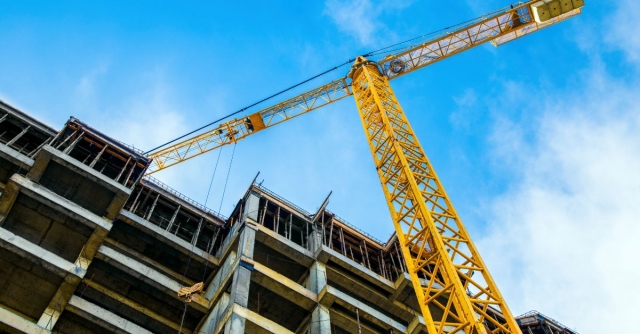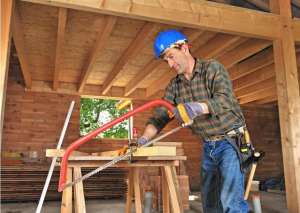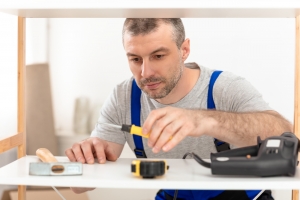Welding has always been integral to the construction industry. From fabricating frames to assembling robust machinery, it holds the foundations of your equipment together—literally.
Advanced welding methods are pushing the boundaries of what construction machinery can achieve, resulting in greater durability and superior performance. This article explores the pivotal role these techniques play in improving equipment standards.
The Role of Advanced Welding in Construction Machines
Construction machinery, such as excavators, bulldozers, backhoes, and cranes, faces constant stress in harsh environments. These machines must perform under intense pressure, load, and vibrations daily. Advanced welding methods help create robust joints that can withstand these conditions, extending the lifespan of the equipment.
For instance, techniques such as laser welding or friction stir welding are gaining traction. These methods produce cleaner, more precise welds that are stronger than traditional techniques.
Compared to basic arc welding, they generate less heat, reducing distortion in the metal. This precision is especially advantageous when reinforcing load-bearing components like excavator arms, crane booms, or backhoe buckets.
Examples of Advanced Welding Applications
Heavy-Duty Frames and Machinery Arms
Using advanced welding methods for joining steel and alloy components enhances structural resilience. High frequency induction welding, for example, can join high strength steel with exceptional accuracy, especially in machinery frames. This results in better distribution of stress across the welded seams, making machinery more reliable during operation.
Piping Systems
An increasingly widespread method, automated pipe spool welding is revolutionizing projects that require fluid transportation systems in construction. By utilizing automated technologies such as robotic welding, pipeline construction becomes faster and more precise, reducing downtime while maintaining strength. This process is vital for equipment like concrete pump trucks or trenchers that rely heavily on leak-proof pipe systems.
Wear-Resistant Surfaces
Hardfacing, an advanced welding technique, is commonly applied to components that endure high-impact wear and abrasion—think bulldozer blades or grader edges. Layers of wear-resistant material are welded to surfaces, significantly extending their service life. This reduces the need for frequent replacements, a win for construction teams working on intensive projects.
Benefits for the Industry
By implementing advanced techniques, manufacturers and welding specialists create machinery that not only meets performance standards but exceeds them. Construction equipment welded with state-of-the-art methods operates more efficiently and remains operational longer.
It’s no exaggeration to say that advanced welding methods improve construction machinery and establish new benchmarks for durability and efficiency. More than just a method for enhancing strength, advanced welding inspires confidence by guaranteeing that machinery operates reliably, even in the most demanding situations.






